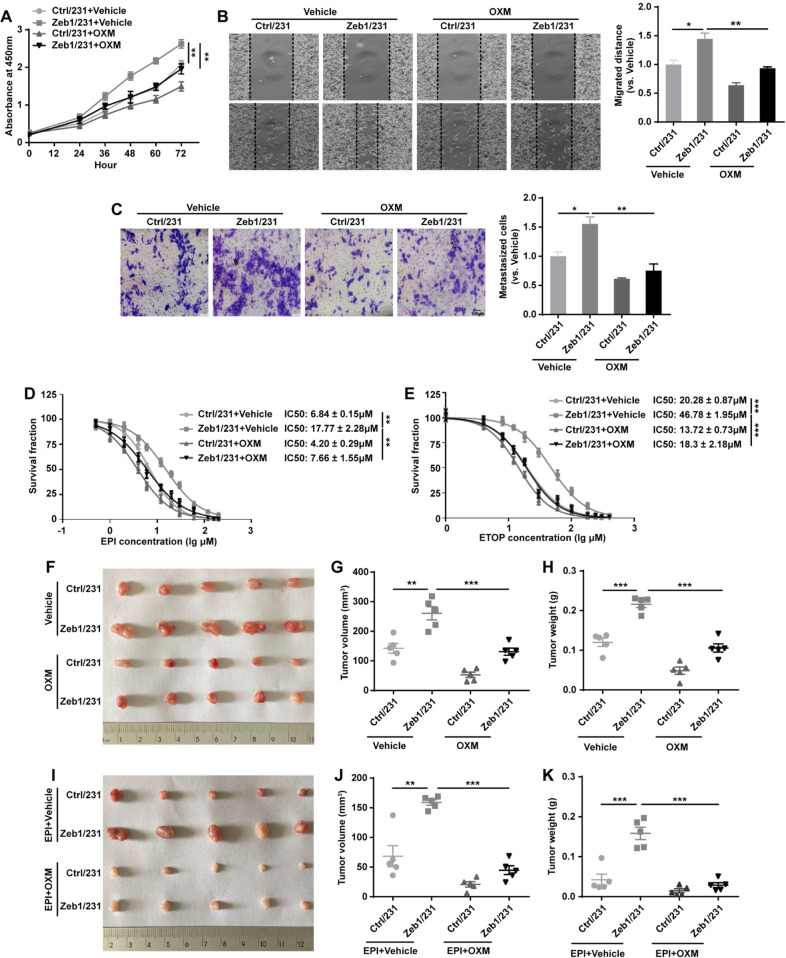Fig. 5. Zeb1-induced aerobic glycolysis contributes to breast cancer progression.
A The cell viability of Ctrl/231 and Zeb1/231 cells by treatment with OXM. B, C The cell migration of Ctrl/231 and Zeb1/231 cells by treatment with OXM evaluated by (B) wound-healing and (C) transwell assays. D, E The cell viability of Ctrl/231 and Zeb1/231 cells by treatment with (D) EPI or (E) ETOP in the presence of OXM. F In vivo xenograft tumorigenicity of BALB/c mice injected with Ctrl/231 and Zeb1/231 cells by treatment with OXM. G, H Approximate tumor (G) volume and (H) weight of BALB/c mice injected with Ctrl/231 and Zeb1/231 cells by treatment with OXM. I In vivo xenograft tumorigenicity of BALB/c mice injected with Ctrl/231 and Zeb1/231 cells by treatment with EPI and/or OXM. J, K Approximate tumor (J) volume and (K) weight of BALB/c mice injected with Ctrl/231 and Zeb1/231 cells by treatment with EPI and/or OXM. Data are representative of five (F–K) or three (A–E) independent experiments and presented as mean ± SEM; **P < 0.01, ***P < 0.001 vs the respective control by one-way ANOVA followed by Tukey’s honestly significant difference test in (A) and (D, E). *P < 0.05, **P < 0.01, ***P < 0.001 vs the respective control by an unpaired Student’s t-test in (B, C, G, H, J, K).

